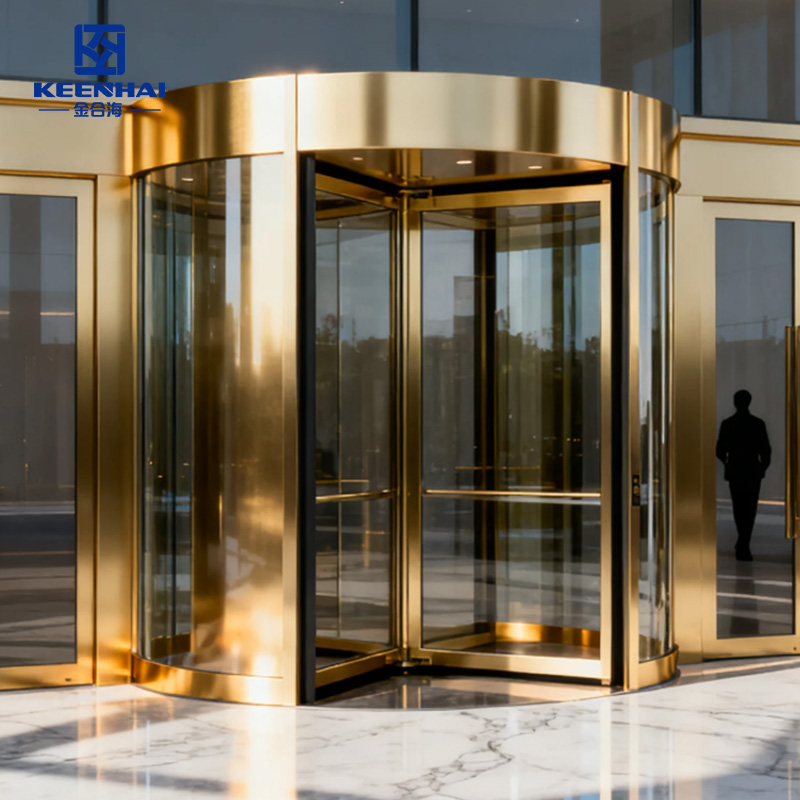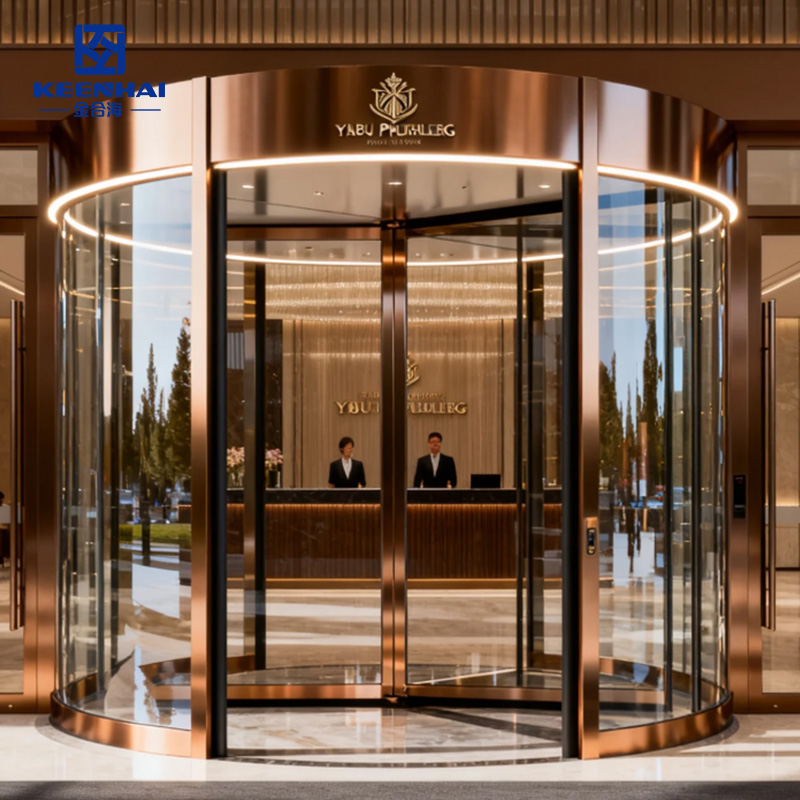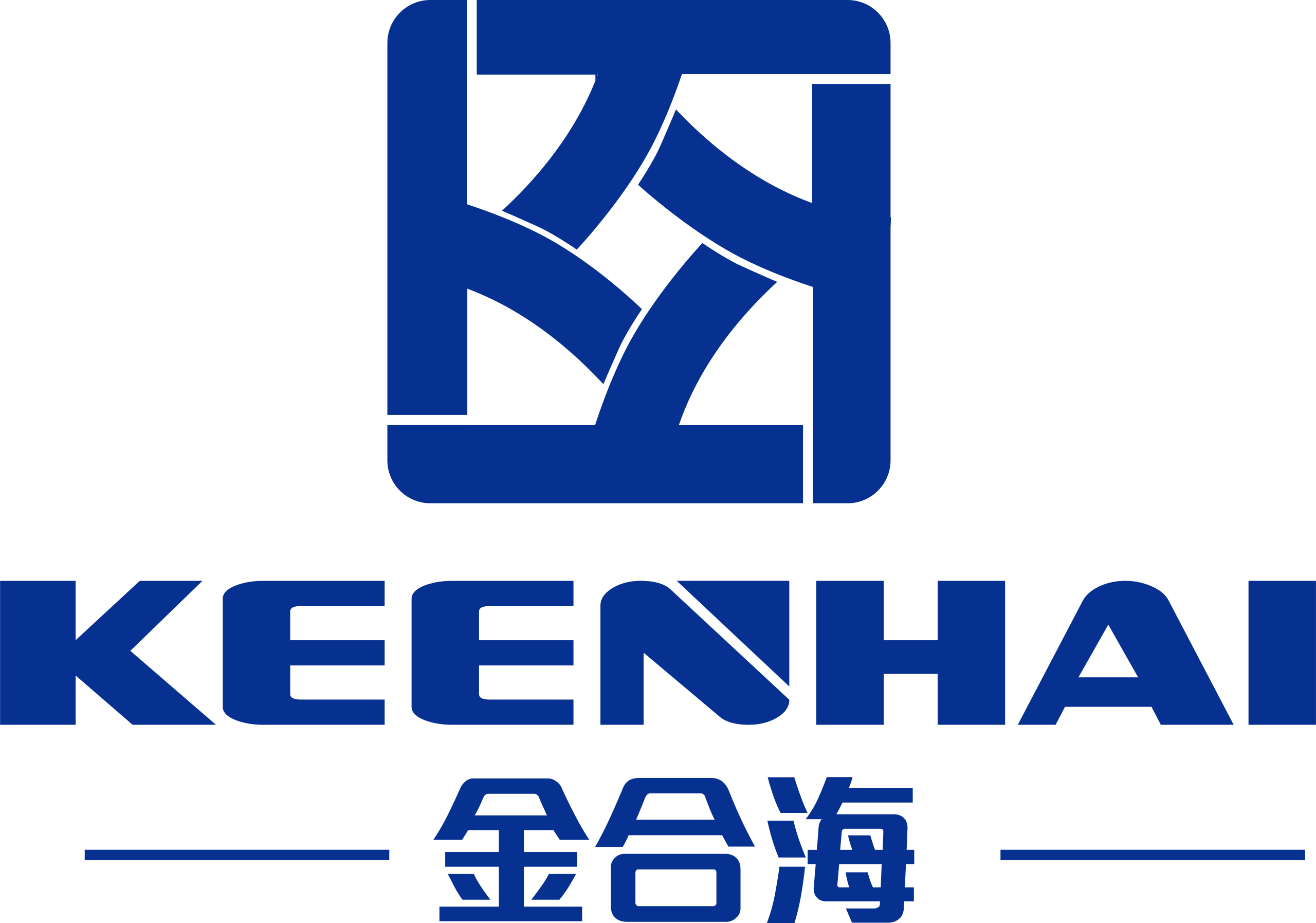The installation cost for a stainless steel glass revolving door varies widely based on size, material grade, and automation features. Site preparation and floor reinforcement can add $1,500–$3,000, while premium glass or custom finishes further impact pricing. Choosing a certified installer ensures accurate assembly and long-term performance, avoiding costly maintenance in high-traffic locations.
1. Site Assessment and Preparation Costs
Before installing a Stainless Steel Glass Revolving Door, accurate site assessment is essential to avoid unexpected costs and delays. A thorough evaluation ensures the supporting structure can handle the door’s weight and that the floor is level and reinforced for smooth operation. High-traffic commercial spaces, like the lobby of a major shopping center, often require pre-installation surveys to measure ceiling height, entry width, and potential obstructions. This step helps identify modifications needed in advance, such as relocating HVAC vents or adjusting door frame alignment.
1.1 Structural Modifications and Framing Requirements
Structural adjustments are often necessary when replacing older entrances or installing custom doors. Technicians usually:
-
Measure existing openings and confirm alignment for the new revolving door.
-
Reinforce door frames using steel or aluminum brackets to accommodate dynamic loads.
-
Adjust ceiling or wall supports to prevent vibration and ensure longevity.
Premium or custom doors may require thicker framing or additional steel crossbars. In large hotels or office towers, these modifications can increase installation costs by 10–20%, depending on material type and labor intensity. For instance, retrofitting a Hotel Stainless Steel Revolving Door in a historical building often involves careful reinforcement without damaging existing finishes.
1.2 Floor Reinforcement and Leveling Expenses
A level floor is critical for the door’s rotation mechanism and longevity. Floor preparation includes:
-
Inspecting the existing slab for cracks or uneven areas.
-
Adding a reinforced concrete pad or metal subframe where necessary.
-
Installing precision leveling guides to ensure alignment with the revolving mechanism.
| Floor Condition | Typical Reinforcement Cost | Notes |
|---|---|---|
| Standard concrete | $300–$600 | Minor leveling with self-leveling compound |
| Uneven or cracked slab | $800–$1,500 | Requires grinding or new concrete pour |
| Heavy-duty high-traffic | $1,200–$2,500 | Reinforced pad for commercial doors |
In a scenario like a busy Shopping Mall Stainless Steel Revolving Door entry, reinforced flooring prevents long-term wear and vibration, protecting both the door and surrounding finishes.
1.3 Site Accessibility and Delivery Considerations
Delivering large door components to the site can influence costs significantly. Factors include:
-
Narrow entrances or tight corridors requiring crane or hoist access.
-
Distance from delivery trucks to installation location.
-
Need for temporary scaffolding or protective floor coverings to avoid damage.
In older buildings, transporting door sections through confined lobbies can add several hundred dollars in handling fees. Additionally, coordinating delivery schedules for multi-piece doors like Златна PVD въртяща се врата от неръждаема стомана ensures minimal disruption to business operations. Proper planning here reduces labor hours and prevents costly rework.

2. Door Unit and Material Expenses
The cost of a Stainless Steel Glass Revolving Door varies significantly depending on whether you choose standard or custom designs, the quality of materials, and brand-specific features. Understanding these factors upfront can prevent budget overruns and ensure the door meets both aesthetic and functional requirements.
2.1 Standard vs. Custom Stainless Steel Glass Revolving Doors
Standard doors typically come in fixed dimensions and pre-selected finishes, making them more cost-effective, ranging from $6,000 to $12,000 for a single unit. Custom doors, on the other hand, allow adjustments to diameter, wing count, and material thickness. Installing a larger diameter or multi-wing custom door in a high-end hotel or office lobby can easily push costs to $18,000–$30,000. Customization usually involves:
-
Specifying door diameter and wing configuration.
-
Selecting structural reinforcements and specialized bearings.
-
Coordinating fabrication with precise dimensional tolerances.
2.2 Premium Finishes and Glass Options
Door finishes and glass selection greatly influence the total unit cost. Options include:
| Finish / Glass Type | Cost Range (USD) | Notes |
|---|---|---|
| Матирана неръждаема стомана | $6,000–$12,000 | Standard commercial grade |
| Gold PVD finish | $15,000–$25,000 | Requires specialized coating for durability |
| Laminated or tempered glass | $1,500–$3,500 | Enhances safety and thermal insulation |
| Low-E or tinted glass | $2,000–$4,500 | Reduces heat gain in sun-exposed entrances |
High-traffic environments, such as a Въртяща се врата от неръждаема стомана за търговски център, often require laminated or tempered glass to withstand impact and maintain transparency over years of use. Choosing the right glass type prevents scratches, chips, and costly replacements.
2.3 Brand-Specific Pricing Differences
Brand reputation and after-sale support influence cost beyond raw materials. Premium brands often offer:
-
Longer warranties covering mechanical and finish defects.
-
Integrated sensor and automation systems pre-calibrated for smooth operation.
-
Proprietary engineering that reduces wear on bearings and door wings.
For example, doors from pvdstainlesssteel brand generally cost 10–20% more than generic models but provide superior long-term performance and lower maintenance needs. Opting for a trusted brand can reduce unexpected costs associated with frequent servicing or parts replacement.

3.Labor and Installation Charges
Installing a stainless steel glass revolving door requires careful coordination between skilled technicians and on-site teams. Labor costs can represent a significant portion of the overall installation budget, especially for commercial-grade or custom doors.
3.1 Skilled Technician Rates and Team Size
Most commercial installations need 2–3 certified technicians to handle both mechanical and electrical tasks. Technician rates vary depending on expertise: entry-level installers may charge $40–$60 per hour, while highly experienced specialists can command $80–$120 per hour. Team size depends on the door complexity and site constraints; larger, multi-wing doors or custom finishes often require an additional helper to ensure safety and precision.
3.2 Typical Installation Time and Workflow
Installation generally follows a structured workflow:
-
Site inspection and layout verification – confirming floor level and structural support.
-
Frame assembly and anchoring – positioning the main structural elements precisely.
-
Door wing and shaft installation – aligning wings for smooth rotation.
-
Electrical wiring and sensor integration – connecting motion detectors, access controls, and safety settings.
-
Final testing and adjustments – balancing the door wings and verifying rotation speed and safety compliance.
For standard 3-wing commercial doors, this process typically takes 1–3 full days, depending on site readiness and door specifications.
3.3 Regional Labor Cost Variations
Labor costs differ significantly across regions. For example:
| Region | Avg. Hourly Rate per Technician | Typical 3-Wing Installation Cost (Labor Only) |
|---|---|---|
| Northeast US | $85–$120 | $1,500–$2,500 |
| Midwest US | $60–$90 | $1,200–$2,000 |
| Southeast US | $50–$75 | $1,000–$1,800 |
| Western US | $80–$115 | $1,400–$2,400 |
Urban centers with higher demand for commercial installers usually see premium labor charges, whereas smaller towns or suburban areas may offer lower rates. Adjusting schedules and hiring certified local teams often reduces travel expenses and workflow delays.
4.Electrical and Automation Setup Costs
Integrating electrical and automated systems into a Stainless Steel Glass Revolving Door ensures smooth operation, safety, and energy efficiency. These costs vary depending on motor type, sensor sophistication, and site-specific power requirements.
4.1 Motor and Drive System Installation
The motor and drive system form the heart of automated rotation. Installation involves:
-
Mounting the motor – securely affixing it to the top frame to prevent vibrations.
-
Connecting the drive shaft – aligning it precisely with the door wings to avoid uneven rotation.
-
Calibrating speed and torque – ensuring each wing rotates at a consistent rate, typically 1–2 RPM for commercial lobbies.
High-efficiency brushless motors tend to cost $1,000–$2,500, while standard motors range from $600–$1,200. Proper installation prevents premature wear and avoids expensive motor replacements later.
4.2 Motion Sensors, Access Controls, and Safety Settings
Modern revolving doors require motion detectors, access control systems, and safety interlocks to protect users. Key steps include:
-
Installing infrared or radar sensors at entry points to detect approaching traffic.
-
Configuring access controls – integrating card readers or keypads if needed.
-
Adjusting safety settings – fine-tuning door deceleration, obstacle detection, and emergency stop triggers.
Advanced sensor systems increase costs by $400–$1,200 per unit but significantly enhance user safety and reduce liability risks.
4.3 Power Supply, Wiring, and Testing Expenses
Wiring and power setup ensure reliable operation. Tasks involve:
-
Routing electrical cables from the main supply to the motor and sensors.
-
Installing dedicated circuits and surge protection – typically 15–20 amps depending on motor load.
-
Comprehensive system testing – verifying that all automation features function without errors under full operational load.
Power installation typically costs $600–$1,500, with larger commercial doors requiring heavier gauge wiring and more extensive circuit protection. Testing ensures compliance with local electrical codes and reduces long-term maintenance issues.
Proper electrical setup not only guarantees smooth and safe rotation but also preserves the long-term performance of the door system, minimizing downtime and unexpected repair costs.

5.Additional Components and Accessories
Beyond the main door mechanics, several supplementary components can influence both performance and overall installation costs. Attention to these details ensures long-term reliability and aesthetic appeal for Stainless Steel Glass Revolving Door installations.
5.1 Floor Mats, Seals, and Brush Replacements
Regular replacement of floor brushes, gaskets, and mats is crucial to prevent dust, debris, and water from affecting rotation. Steps include:
-
Inspecting floor seals for gaps or wear at least once every six months.
-
Replacing brushes that show fraying or uneven wear to maintain smooth rotation.
-
Cleaning and repositioning floor mats to ensure they do not obstruct the door wings.
Proper attention to these components prevents costly damage to the floor and motor system, while maintaining the sleek look of the entrance.
5.2 Lighting, Branding, and Decorative Features
A revolving door often serves as a visual centerpiece. Installing LED lighting, logo etching, or decorative finishes enhances brand presence but adds to cost. Consider:
-
LED halo lights or downlights integrated into the top canopy to highlight the door at night.
-
Custom logo etching or PVD accents on stainless steel panels for a premium aesthetic.
-
Decorative glass treatments or frosted patterns to balance transparency with privacy.
| Компонент | Typical Cost Range | Notes |
|---|---|---|
| LED Lighting | $200–$600 | Depends on type and installation complexity |
| Logo Etching / PVD Panels | $500–$1,500 | Custom work can vary significantly |
| Decorative Glass | $300–$1,000 | Thickness and type influence pricing |
Strategically adding these features can enhance the overall perception of a Glass Entrance Door without compromising function.
5.3 Air Curtain or Climate Control Add-ons
For exterior installations, air curtains or climate control units improve energy efficiency and indoor comfort. Installation involves:
-
Mounting air curtains above the door opening and aligning airflow to minimize drafts.
-
Integrating control systems with the door’s automation to activate only when in use.
-
Testing and calibration to ensure effective temperature and pressure management.
These add-ons typically cost $800–$2,000, depending on power requirements and door size, but they reduce heating or cooling losses, particularly in high-traffic commercial spaces.
Focusing on these additional components ensures the revolving door not only operates reliably but also supports energy efficiency, aesthetics, and user convenience, maximizing long-term value for commercial or luxury installations.






